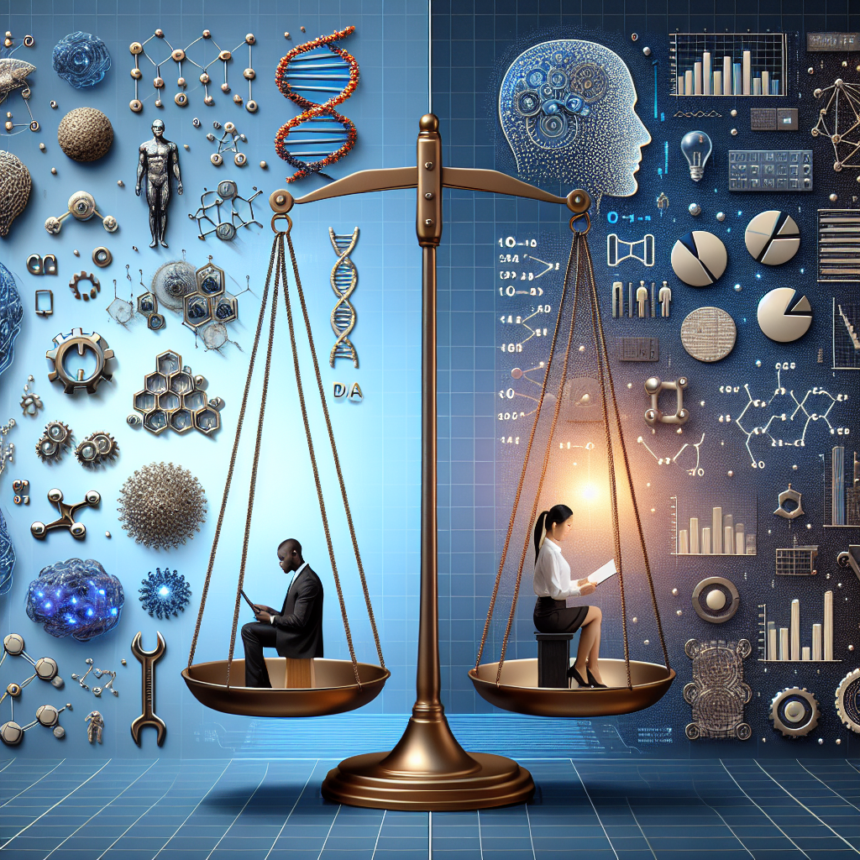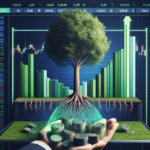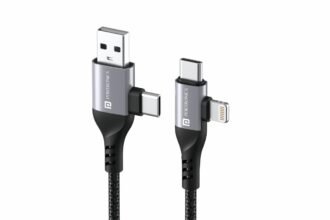In today’s data-driven world, organizations are increasingly relying on data to drive decisions, enhance operational efficiency, and gain a competitive edge. As a result, terms like "data science" and "data analytics" have gained prominence. Many people, however, often confuse these two disciplines. While both fields are interrelated, they encompass different processes, methodologies, and skill sets. In this article, we will unpack the differences and similarities between data science and data analytics, offering clarity for those interested in these dynamic fields.
What is Data Science?
Data science is an interdisciplinary field that combines various skills including programming, statistics, and domain knowledge to extract insights and knowledge from structured and unstructured data. Data scientists leverage algorithms, machine learning, and predictive modeling to understand complex data sets and solve problems. The primary focus of data science is to build models that can predict future trends and behaviors.
Some key characteristics of data science include:
- Holistic Approach: Data science encompasses the entire data lifecycle, including data collection, preparation, analysis, and deployment of predictive models.
- Complexity: Data science often deals with large and complex data sets, utilizing advanced statistical methods and machine learning algorithms.
- Predictive Analytics: The goal is to not only understand what has happened, but to predict future outcomes based on historical data.
Tools and Techniques Used in Data Science
- Programming Languages: Python, R, SQL
- Frameworks: TensorFlow, PyTorch, Scikit-learn
- Data Visualization Software: Tableau, Matplotlib, Seaborn
What is Data Analytics?
Data analytics, while overlapping with data science, focuses primarily on interpreting existing data to extract actionable insights. It employs statistical analyses and visualization techniques to make sense of data and inform business decisions. Data analysts engage in practices like data cleaning, exploration, and performance tracking.
Key characteristics of data analytics include:
- Descriptive Focus: Data analytics primarily examines historical data to answer questions about what has happened in the past.
- Structured Approach: Unlike data science, which may deal with both structured and unstructured data, data analytics often focuses on structured datasets.
- Business-oriented: The main goal of data analytics is to inform business strategies and optimize operations.
Tools and Techniques Used in Data Analytics
- Data Analysis Tools: Excel, SQL, Google Analytics
- Statistical Software: R, SAS, SPSS
- Data Visualization Tools: Power BI, Tableau
Key Differences Between Data Science and Data Analytics
- Scope and Complexity: Data science is broader in scope and handles more complex problems than data analytics, which focuses on answering specific questions using existing data.
- Skill Sets: Data scientists typically possess stronger programming, machine learning, and statistical skills, while data analysts may focus more on data visualization and descriptive statistics.
- Outcome: Data science aims to create models that predict future outcomes, whereas data analytics is concerned with understanding historical trends and providing insights based on past data.
Similarities Between Data Science and Data Analytics
Despite their differences, data science and data analytics share several similarities:
- Data Dependency: Both fields rely heavily on data for deriving insights and making informed decisions.
- Use of Statistical Techniques: Both data scientists and data analysts employ statistical methods, albeit to different extents and for different purposes.
- Visualization: Both roles require the ability to effectively visualize data to communicate findings.
FAQs
Q1: Can Data Analysts transition into Data Scientists?
A1: Yes, data analysts can transition into data science roles by acquiring additional skills such as programming, statistical modeling, and machine learning. Continued education, online courses, or on-the-job training can help facilitate this transition.
Q2: Which field offers better job opportunities?
A2: Both fields are in high demand, but data science positions often have higher salary expectations due to the advanced skills required. However, data analytics roles are also crucial for organizations, especially those looking to improve operational efficiency.
Q3: Do I need a specific degree to work in these fields?
A3: Many professionals in data science and data analytics hold degrees in mathematics, statistics, computer science, or related fields, but practical skills and experience are often more valuable. Specialized certifications can also enhance job prospects.
Q4: Which tools should I learn to get started in either field?
A4: For data science, familiarize yourself with programming languages like Python and R, and frameworks like TensorFlow. For data analytics, start with Excel, SQL, and data visualization tools like Tableau or Power BI.
In conclusion, while data science and data analytics are distinct fields with different goals and methodologies, they are both essential to harnessing the power of data in contemporary business environments. Understanding these differences and similarities can help individuals and organizations make more informed career choices and strategic decisions.










